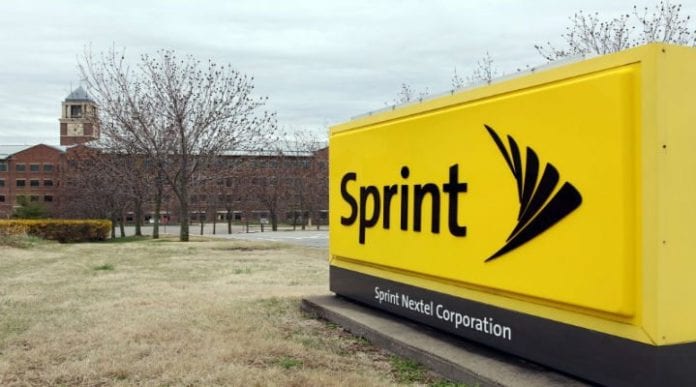Sprint CFO Tarek Robbiati told an investor conference the carrier will “find more capex next year,” while denigrating 600 MHz spectrum as yesterday’s news.
Sprint’s slashing of capital expenses could moderate as early as next year, though the carrier remains focused on keeping a handle on its financial picture.
During this week’s Bank of America Merrill Lynch Leveraged Finance Conference, Sprint CFO Tarek Robbiati told the audience the carrier will “find more capex next year than this year,” though such a move would also require the carrier to offset that increase as it continues to focus on positive adjusted free cash flow.
Sprint earlier this year said it planned to limit network-based capex to around $3 billion for fiscal 2016, which was 50% less than what it spent in fiscal 2015, and considerably less than the $5.4 billion spent in 2014. The carrier explained it needed to gain a handle on overall company spending in order to right its fiscal position, and prior-year spending was boosted by various network overhaul initiatives like Network Vision and the running of multiple networks.
In its most recent quarter, which was its second fiscal quarter of 2016, the carrier reported $828 million in cash capex, including $470 million spent on network – which was less than the $1.1 billion from fiscal Q2 2015. Sprint reported just $376 million in capex in its fiscal Q1.
Another way Sprint is keeping a lid on expenses is by forsaking the ongoing 600 MHz incentive auction proceedings. The carrier announced late last year it would forgo the proceedings citing its already robust spectrum holdings concentrated in the 2.5 GHz band.
During this week’s investor conference, Robiatti further downplayed the need for the sub-1 GHz spectrum band, noting those bands are “the spectrum of the past.”
“The world is moving towards high capacity wireless data networks, and in that world the best and most efficient spectrum that is needed to cater for that … is mid-band spectrum,” Robiatti said.
The executive also highlighted a growing ecosystem around the 2.5 GHz band, which is supported by the use of the band internationally, and noted the 600 MHz band would not be available for deployment by commercial telecom operators for four years.
Sprint has been moving more aggressively with its 2.5 GHz holdings, having earlier this year rolled out support for three-channel carrier aggregation, which supports 60 megahertz of total spectrum from the band. Device testing with 3CCA has resulted in data speeds of up to 300 megabits per second.
On the topic of devices, Robiatti said the carrier would continue monitoring its leasing efforts, noting the carrier will remain “flexible” in terms of the use of the program.
Sprint has been one of the domestic market’s largest proponents of device leasing, which allows customers to pick up high-end devices at a smaller per-month fee compared with traditional equipment installment plans. However, customers are required to return those leased devices at a certain point – or they can pay off the remaining balance and keep the device – with Sprint then able to resale the returned devices through other channels to regain value.
Sprint has also tapped the value in leased devices to fund operations through its Mobile Leasing Solutions subsidiary, which was created last year and has so far generated billions of dollars in returns for the carrier. Robiatti explained the carrier has refined its leasing efforts by discontinuing the inclusion of Google Android-powered devices, which have shown to lose their value much quicker than Apple smartphones.
Bored? Why not follow me on Twitter.

